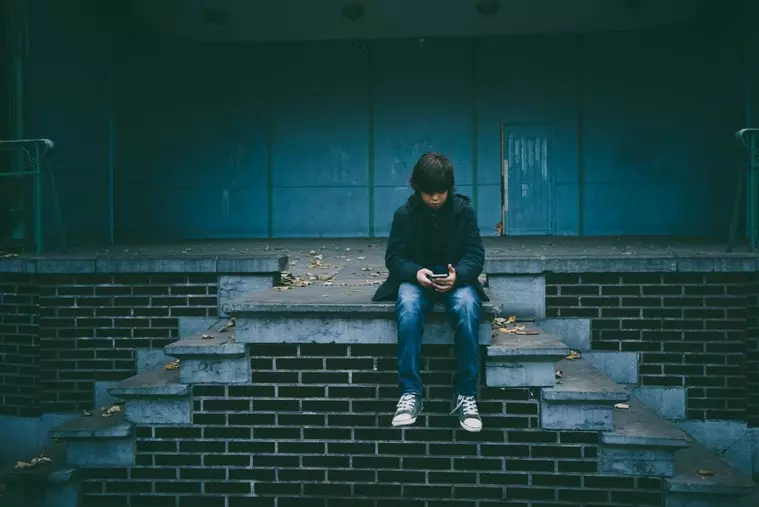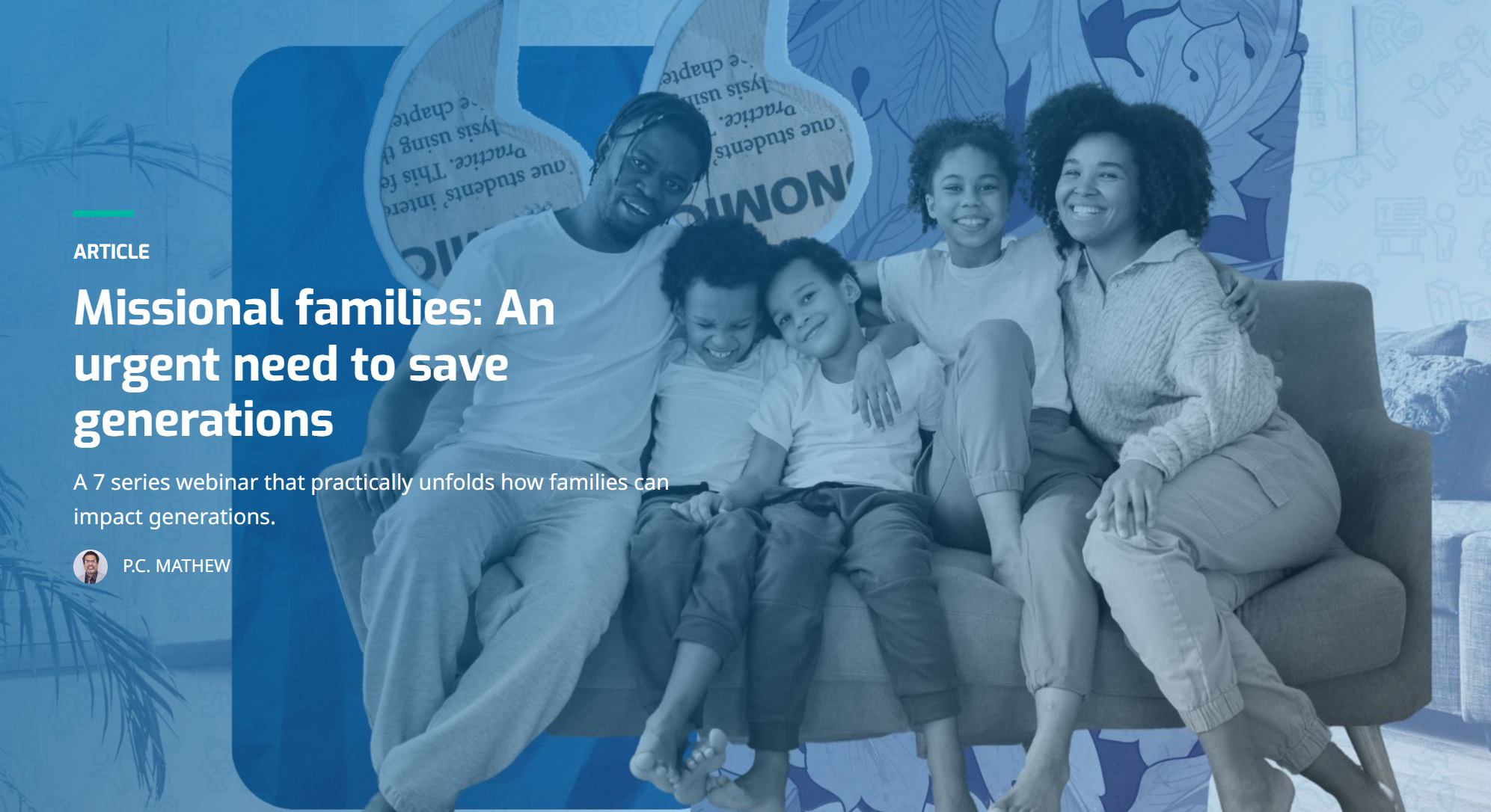The share of minors ages 9-12 who are sharing self-generated nude images online more than doubled in 2020, and advocates involved in combatting online child sex abuse are worried about the trend, a new study shows.
The report, titled “Self-Generated Child Sexual Abuse Material: Youth Attitudes and Experiences in 2020,” was released last month by Thorn, an organization dedicated to combating online child sexual abuse.
The research was conducted through a 20-minute online survey from Oct. 26 to Nov. 12, 2020, in conjunction with a parallel study of caregiver attitudes and behaviors. Some 2,002 children from across the United States participated in the study, with 742 from the 9-12 age group and 1,260 teenagers from age 13-17.
Researchers for Thorn say Self-Generated Child Sexual Abuse Material, also referred to as SG-CSAM, is “explicit imagery of a child that appears to have been taken by the child in the image.” The imagery is being produced from both consensual and coercive experiences. Consensual experiences are usually referred to as “sexting” or “sharing nudes.”
Researchers found that while only 6% of 9-12 year olds reported that they shared these explicit self-generated images in 2019, that share more than doubled to 14% in 2020.
This was a much larger increase than that seen among 13-17 year olds whose increase in the activity jumped from 15% in 2019 to 19% in 2020. Overall, in 2019, 11% of all youth reported sharing their own SG-CSAM. By 2020, that number jumped to 17%.
“Self-generated child sexual abuse material has become a vital area of concern for those combating online child sexual exploitation. … [It] presents distinct risks for kids and unique challenges for the communities committed to protecting them,” researchers noted. “The interventions we pursue must be uniquely tailored to the experiences of young people and the offenders who may target them for victimization.”
While the percentage of minors who report they have reshared someone else’s SG-CSAM decreased from 9% to 7% between 2019 and 2020, the percentage of minors who believe their close friends “often or sometimes” re-share another kid’s SG-CSAM increased from 11% to 14% over the same period. All of that increase happened among children in the 9-12 age group.
The study showed that between 2019 and 2020, the share of 9-12 year olds holding that belief jumped from 7% to 16%. However, it shrank from 15% to 13% among minors 13-17.
Researchers noted that the survey data suggests that “minors may be operating with less supervision in online spaces, particularly among 9-12-year-olds, compared to 2019 numbers.”
“Use of secondary accounts … intended to keep content private from some groups like caregivers or friends, was up most significantly among this group and 9-12-year-olds reported the most significant drop in their frequencies for following set online safety rules,” researchers explained.
And when it comes to the social medium most frequently used by the group of tweens, YouTube ranks above all others. Platforms like Instagram, TikTok, Snapchat and Facebook among others also held a significant draw among the group for their engagement with SG-CSAM.
Some 80% of all minors reported using YouTube at least once daily, and 78% of them said they shared their own SG-CSAM there. Overall, 85% of that group said they were shown material on the platform. Minors appeared more comfortable resharing material on the platform, with 88% of them reporting that.
The study showed that production of SG-CSAM content went up across nearly all demographic variables related to gender, age and sexual identity in 2020 compared to 2019. The increased rates of initial shares were most pronounced among 9-10-year-olds, young boys aged 9-12, and LGBT-identified youth.
When asked if they thought the COVID-19 pandemic and subsequent lockdowns had an impact on the SG-CSAM experiences of their peers, the respondents were divided. Approximately 50% of them did not think the pandemic had an impact on the rates at which their peers send or share SG-CSAM or have intimate images leaked. The remaining 50% felt it did.
According to Thorn, however, more research is needed to ensure the right kinds of interventions are available to safeguard minors using rapidly changing technology.
“Young people continue to engage with SG-CSAM both through exploratory and higher risk coercive pathways. The findings from our 2020 survey underscore the persistence of demographic differences in kids’ attitudes and behaviors related to SG-CSAM,” the group said.
“Continued data collection and analysis related to this topic, along with the impact of COVID, remains a vital need to deliver successful interventions that safeguard and support young people as they navigate their digital experiences.”Contact: [email protected] Follow Leonardo Blair on Twitter: @leoblair Follow Leonardo Blair on Facebook: LeoBlairChristianPost
Originally published on The Christian Post
(c) The Christian Post, used with permission




